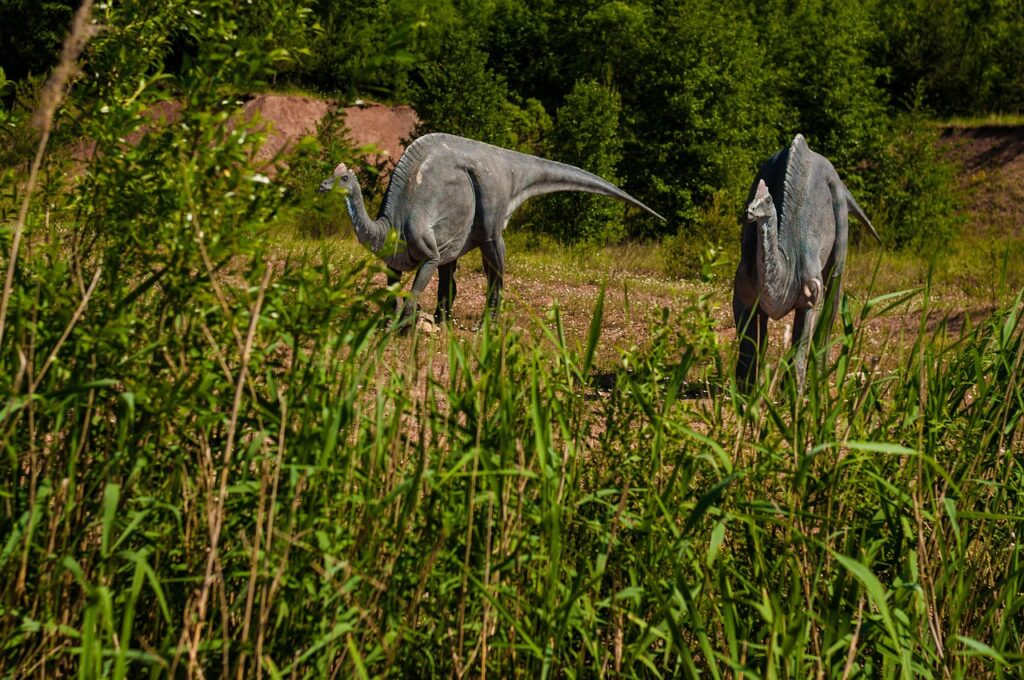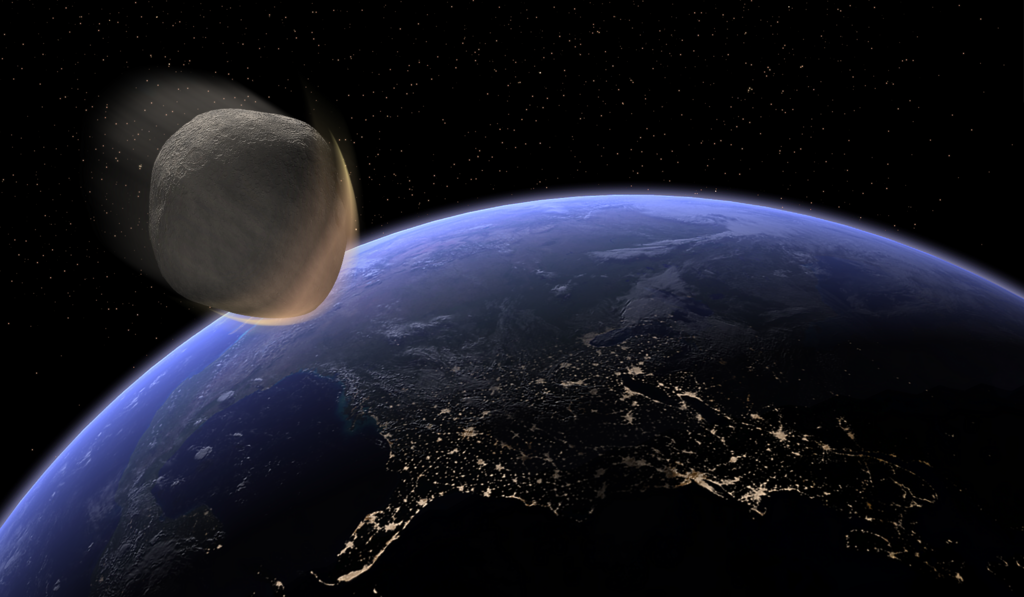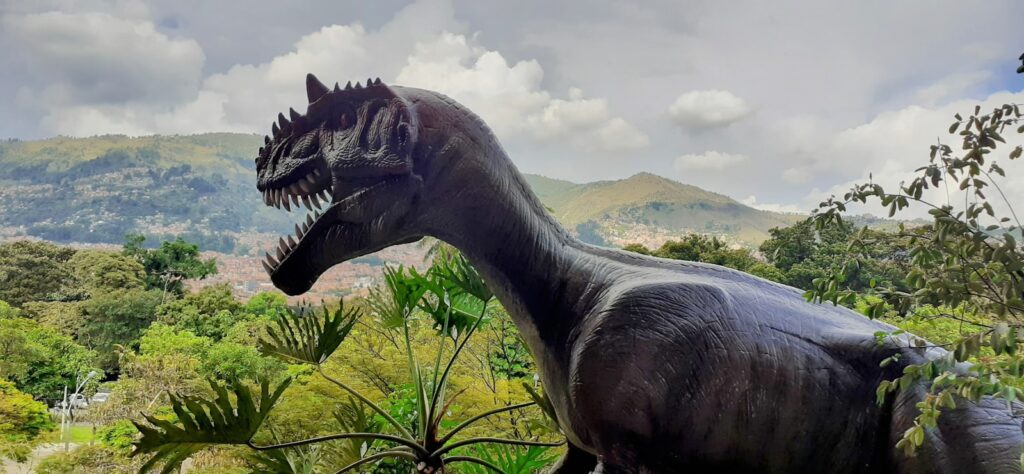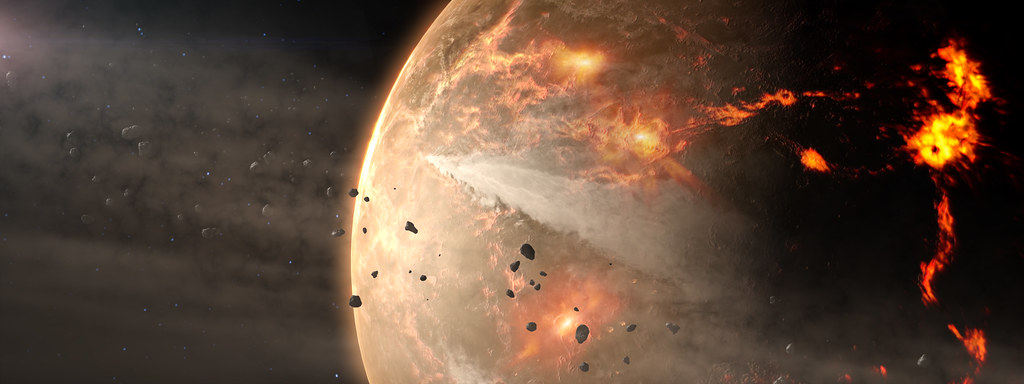Throughout the millions of years dinosaurs ruled Earth, dramatic climate shifts weren’t just background noise – they were the invisible hand guiding evolution itself. From scorching heat waves to sudden ice ages, from rising seas to volcanic winters, our planet’s constantly changing climate turned dinosaurs into the ultimate survivors. Every extinction event and evolutionary breakthrough can be traced back to one simple truth: when the world changes, life must adapt or die.
The Triassic Deep Freeze That Launched Dinosaur Dominance

Picture this: you’re living around 201 million years ago, and the world suddenly turns into a frozen wasteland. Severe wintery episodes during volcanic eruptions brought freezing temperatures to the tropics, where many extinctions of big, naked, unfeathered vertebrates occurred. This wasn’t your typical climate change – this was nature hitting the reset button with brutal efficiency.
Cold snaps already happening at the poles spread to lower latitudes, killing off the coldblooded reptiles, while dinosaurs, already adapted, survived the evolutionary bottleneck and spread out. The secret to their success? They were fundamentally cold-adapted animals, and when it got cold everywhere, they were ready while other animals weren’t. It’s like showing up to a snowball fight when everyone else forgot their winter coats.
Carnian Pluvial Episode: When Rain Changed Everything
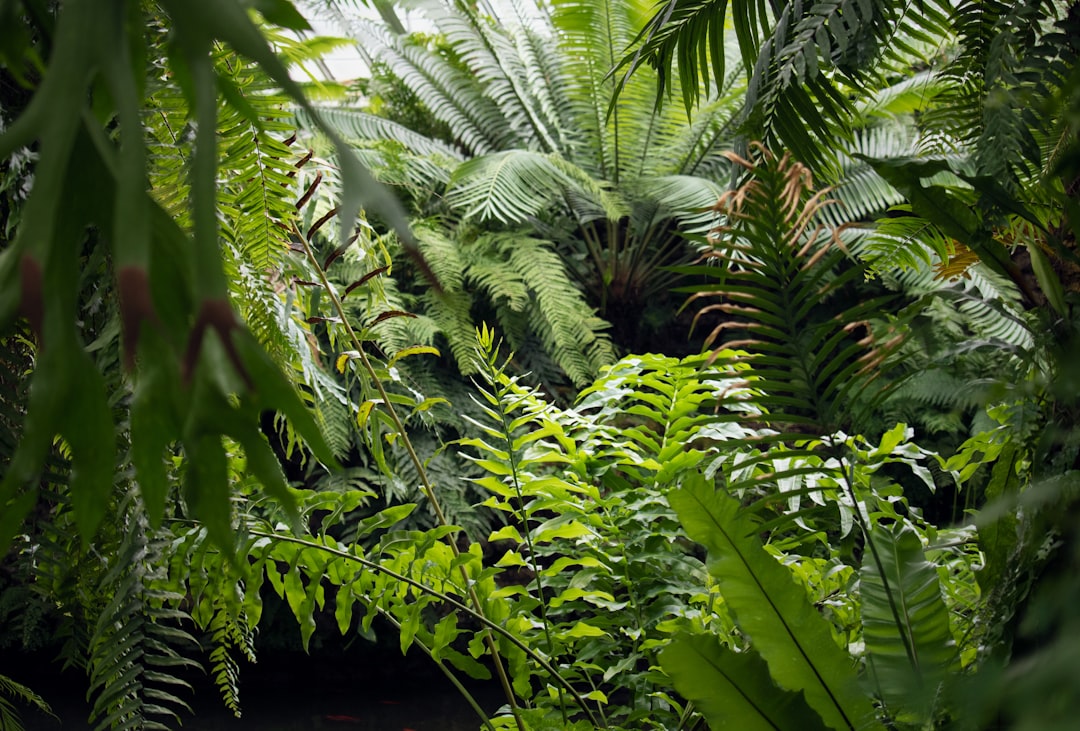
The Carnian Pluvial Episode of the earliest Late Triassic marked a global increase in effective precipitation for at least 1-2 million years, causing major floristic and faunal turnovers and possibly triggering the rise of the dinosaurs. Imagine the Earth suddenly becoming a giant rain forest after being a desert for millions of years – that’s basically what happened.
Three dramatic events occurred on Earth: the first dinosaurs appeared, gigantic volcanic eruptions called the Wrangellia large igneous province spewed out greenhouse gasses and the climate suddenly shifted to warmer, more humid conditions. This wasn’t coincidence – this was evolution in action. The increased rainfall created new ecological niches that early dinosaurs were perfectly positioned to exploit, setting the stage for their eventual world domination.
The Great Jurassic Greenhouse Explosion
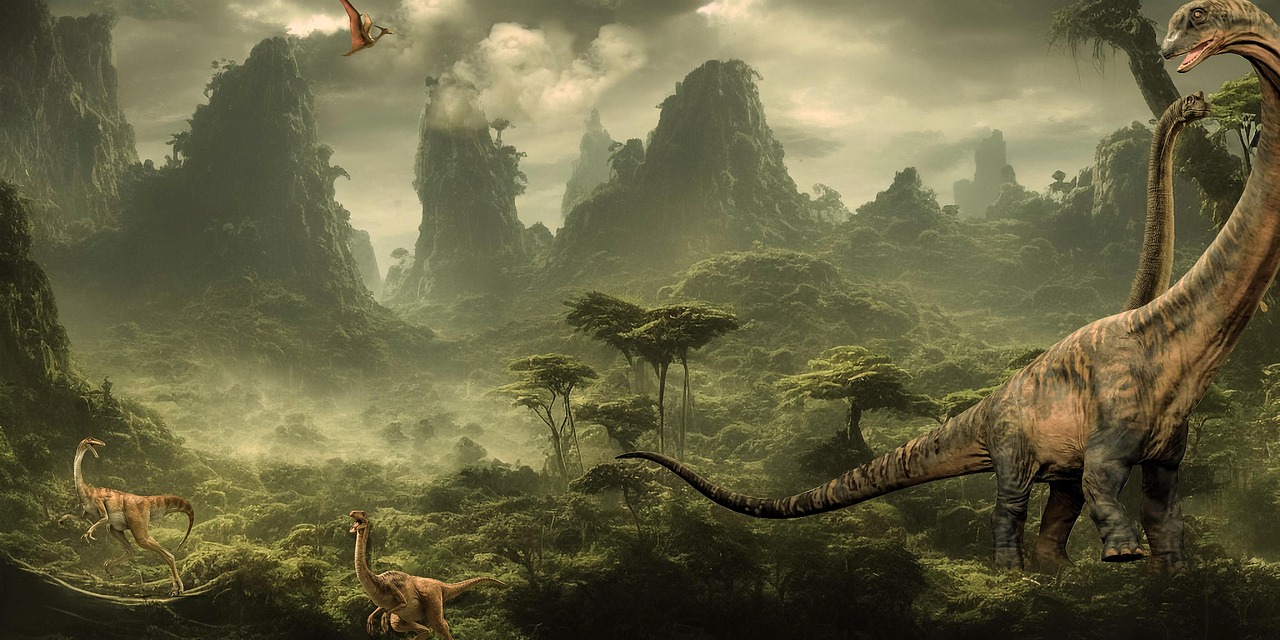
The Jurassic era saw Earth’s climate change from hot and dry to humid and subtropical, characterized by a warm, wet climate that gave rise to lush vegetation and abundant life. This was like turning Earth into a giant terrarium – perfect conditions for dinosaurs to diversify into every imaginable shape and size.
The climate of the Jurassic was generally warmer than that of present, by around 5-10°C, with atmospheric carbon dioxide likely about four times higher. Sea levels began to rise during the Jurassic, probably caused by an increase in seafloor spreading, with the formation of new crust displacing ocean waters by as much as 200 meters above today’s sea level. These flooded coastlines became evolutionary playgrounds where new dinosaur species could experiment with different lifestyles.
Sea Level Rollercoaster: When Oceans Invaded Land
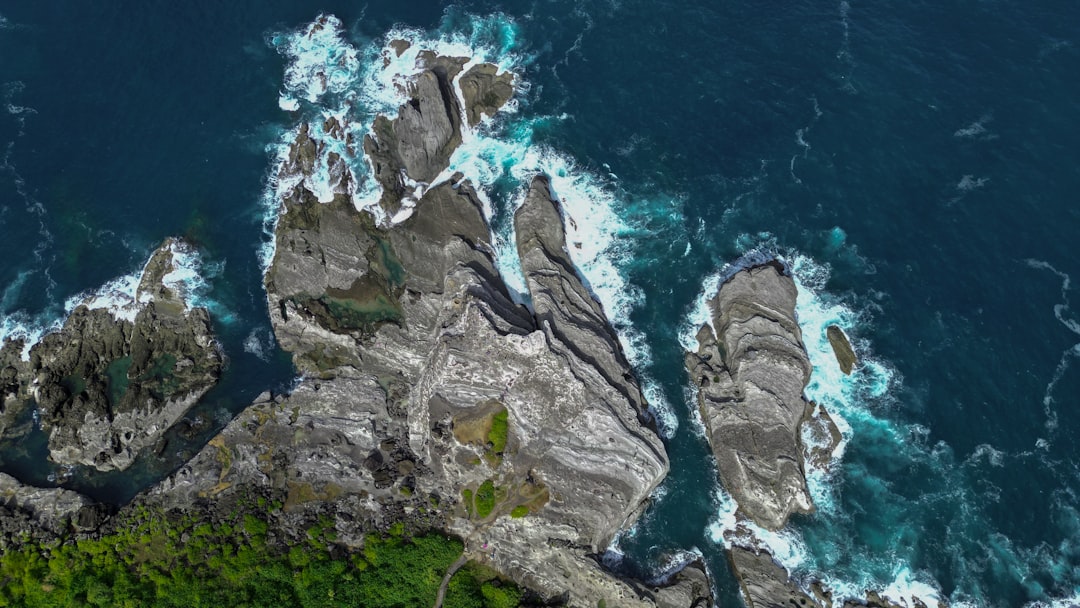
Sea level was higher during most of the Cretaceous than at any other time in Earth history, and it was a major factor influencing the paleogeography of the period. Think of it as nature’s way of reshuffling the deck – when water levels rise, entire continents can become archipelagos, forcing dinosaurs to adapt to island life.
The Western Interior Seaway formed across North America, separating the elevated areas of Laramidia in the west and Appalachia in the east, with three dinosaur clades found in Laramidia being absent from Appalachia. This geological splitting created isolated populations that evolved independently, like natural laboratories where different evolutionary experiments could play out simultaneously.
Volcanic Winters: The Deccan Traps Climate Catastrophe
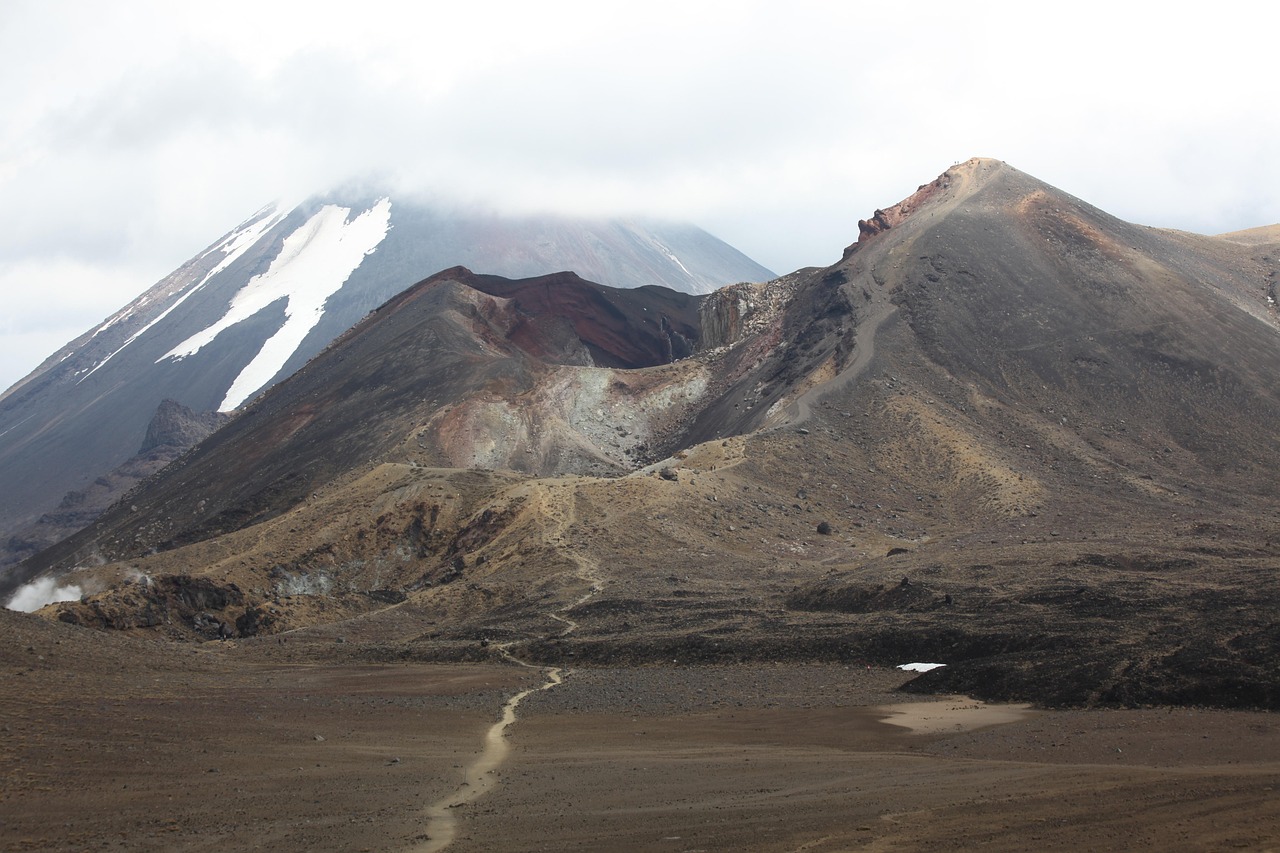
Climate change caused by volcanic eruptions may have played a role in massive die-offs for the dinosaurs – long before a comet or asteroid impact sealed their fate. Western India is home to the Deccan Traps, a huge rugged plateau that formed when molten lava solidified, dating back to around 66 million years ago when magma erupted to the surface, with volcanic layers more than two kilometers thick.
The Deccan Traps eruptions could have caused global climate change, with ash and dust blocking sunlight and causing temperatures to drop, followed by warming as a result of higher levels of greenhouse gases. This created a climate whiplash that even the mighty dinosaurs couldn’t handle – imagine trying to adapt to both an ice age and global warming happening back-to-back.
The Continental Drift Climate Shuffle
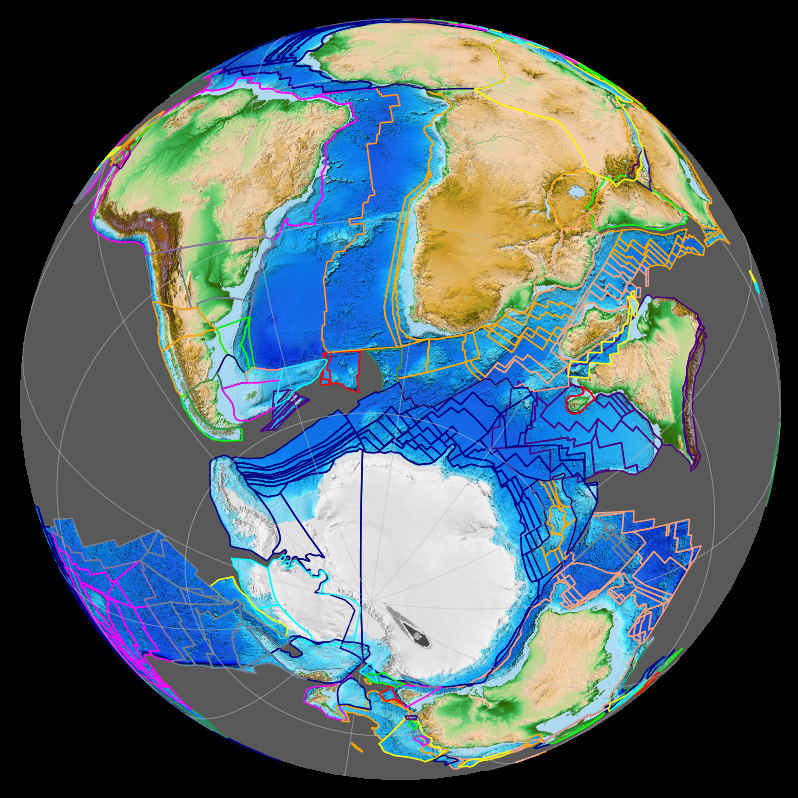
The vast supercontinent of Pangaea dominated the globe during the Triassic, but in the latest Triassic and Early Jurassic it began to gradually rift apart, and the climate shifted and became more humid as Pangaea began to drift apart. This wasn’t just moving furniture around – this was reconstructing the entire house while the family was still living in it.
During the Cretaceous the land separated further into some of the continents we recognize today, although in different positions, which meant that dinosaurs evolved independently in different parts of the world, becoming more diverse. Continental drift essentially created multiple evolutionary laboratories, each with its own unique climate conditions that pushed dinosaur evolution in radically different directions.
Cretaceous Thermal Maximum: Earth’s Hottest Chapter

Atmospheric CO2 levels reached as high as about 2,000 parts per million, average temperatures were roughly 5-10°C higher than today, and sea levels were 50-100 meters higher. Warm-adapted plant fossils are known from localities as far north as Alaska and Greenland, while dinosaur fossils have been found within 15 degrees of the Cretaceous south pole.
The climate was generally warmer and more humid than today, probably because of very active volcanism associated with unusually high rates of seafloor spreading, with the polar regions free of continental ice sheets and their land instead covered by forest, allowing dinosaurs to roam Antarctica even with its long winter night. This was a world where palm trees grew at the poles and dinosaurs could literally live everywhere on Earth.
The Cooling Crisis: Late Cretaceous Climate Decline

The climate was cooling and dinosaurs were ill-designed for a colder planet, with recent studies showing that changes to Earth’s climate caused a steep decline in the number of dinosaur species as the earth gradually cooled. Six major dinosaur families were already in decline in the preceding 10 million years, possibly due to global cooling and competition among herbivores.
Dinosaurs were mesothermal creatures, meaning they needed a warm climate to survive and reproduce, and as the Earth began to cool, entire dinosaur families began to go extinct. This wasn’t just a minor temperature drop – this was like gradually turning down the thermostat on a global scale while dinosaurs scrambled to find ways to stay warm.
Regional Climate Chaos: The Shanyang Basin Story

Analysis indicates a correlation between the abundance of dinosaur fossils in the Shanyang Basin and climatic changes, with dinosaur fossil presence gradually declining as precipitation and temperature increased, and notably, during the last 0.4 million years of the Cretaceous period, no dinosaur fossils were discovered in this basin.
Most dinosaur fossils in the region were located in floodplain environments, likely serving as colonial nesting grounds, and rising temperatures and reduced availability of suitable nesting sites, influenced by increased precipitation, may have prompted dinosaurs to migrate in search of more hospitable habitats or face extinction. Sometimes climate change isn’t about dramatic global shifts – sometimes it’s about subtle regional changes that make your favorite nesting spot uninhabitable.
The Final Impact Winter: Climate’s Ultimate Extinction Event

The Cretaceous-Paleogene asteroid impact remains one of the highest-profile cosmic disasters in Earth history, with extreme cooling associated with an “impact winter” helping to explain the severity of the mass extinction, as the impact produced a cloud of dust and soot that temporarily blocked out the Sun, shutting down photosynthesis and sending global temperatures plummeting.
Life on a frozen, desolate tundra would have been particularly challenging for land-based creatures acclimated to the warm, stable climate of the latest Cretaceous. The science is pretty clear that it was a meteorite that signed off on the extinction of dinosaurs, and when that mountain-sized meteorite slammed into Earth, the impact was fatal. This final climate catastrophe proved that even the most successful evolutionary dynasty could meet its match when climate chaos reached its ultimate extreme.
Conclusion

Climate change shaped dinosaur evolution in ways that still blow our minds today. From the initial ice ages that gave them their big break to the final impact winter that ended their reign, dinosaurs lived and died by Earth’s ever-changing moods. They survived volcanic winters, thrived in greenhouse worlds, adapted to rising seas, and evolved with splitting continents. But in the end, even 170 million years of evolutionary success couldn’t prepare them for the ultimate climate catastrophe.
These ancient giants remind us that no species, no matter how dominant or diverse, is immune to dramatic environmental change. They also show us something remarkable about life itself – that crisis often breeds innovation, extinction events create opportunities, and sometimes the biggest disasters in Earth’s history are actually evolution’s greatest success stories. Did you expect that climate change was the real driving force behind everything dinosaurs became?

